2011.01.01 11:29
Gehry @ Sydney
Anyone else remember Eisenman's proposal for development around Ground Zero from 2002?
I can't tell if the genetic pool is shrinking or expanding.
Q: Which came first, repetition or difference?
A: A reenactment of a reenactment turned sideways.
The "teen" years = wise-ass architecture.
2011.01.13 15:23
minimalism, dead at 38
maximum partisan rhetoric
minimal tolerance
2011.01.14 12:02
7 Wonders (and a half) of POSTMODERN architecture?
Charles Holland at Fantastic Journal:
b-sides
I'm currently involved in writing a book re-appraising architectural Post Modernism. It's top secret, hush-hush. Part of it contains a top ten of Po-Mo moments, which I realise makes it sound like a rather ugly box of chocolates. Anyway, now that the final mix has been agreed I thought I'd share a few of the ones that didn't make the final cut.
Anyway, here's a selection of 'id' moments:
Gooding House aka Weight-Watchers House
Ur-Ottopia House
Good-bye House
Gooding Trice House
Gooding Trice Villa
Psycho-Suburban Poché
Alas, travels in Hyper Reality
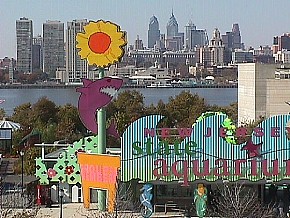
the proverbial "are we there yet?"
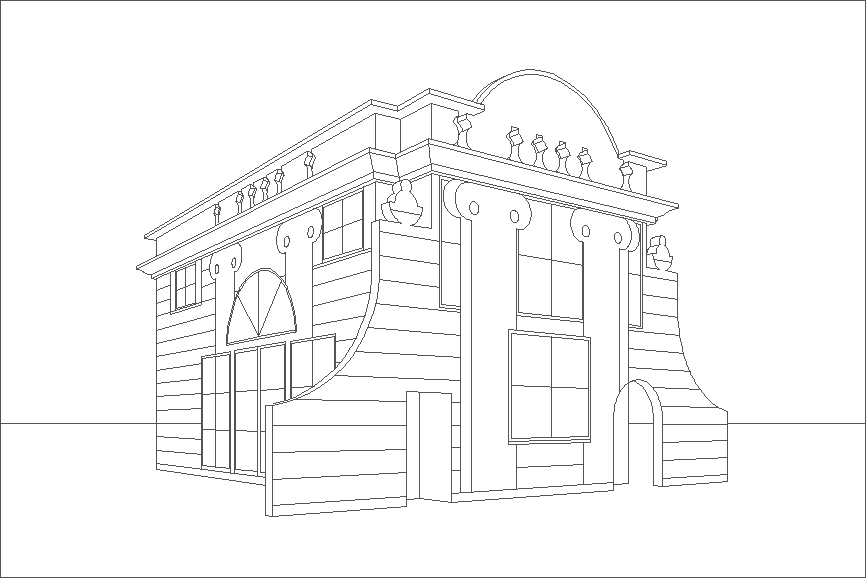

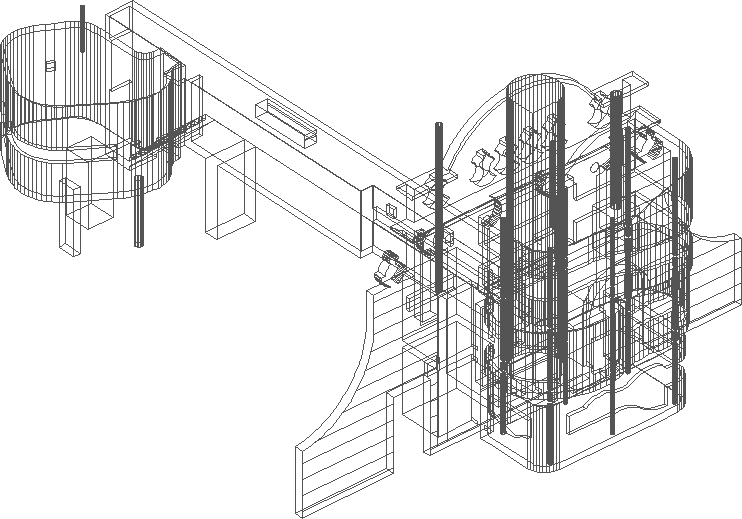
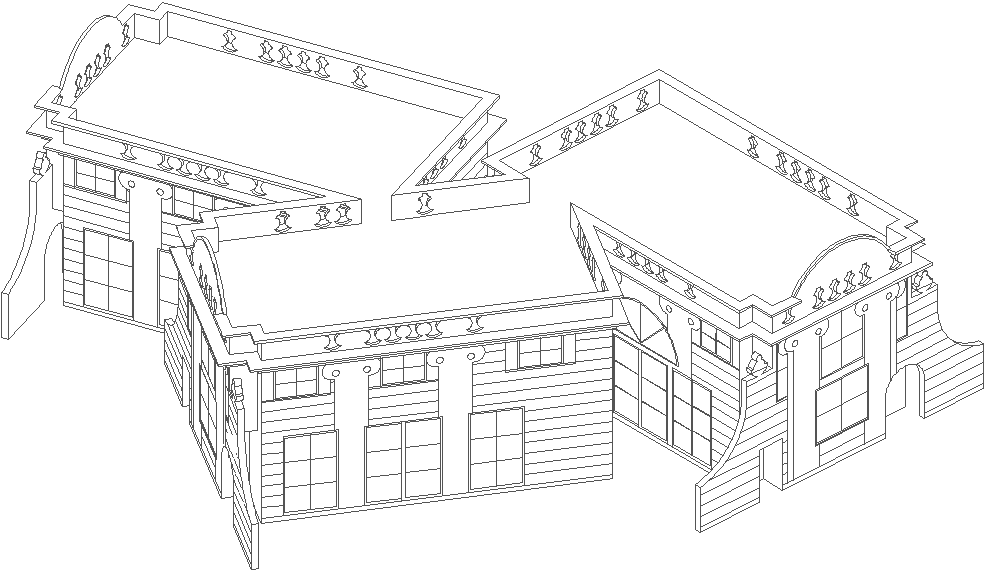
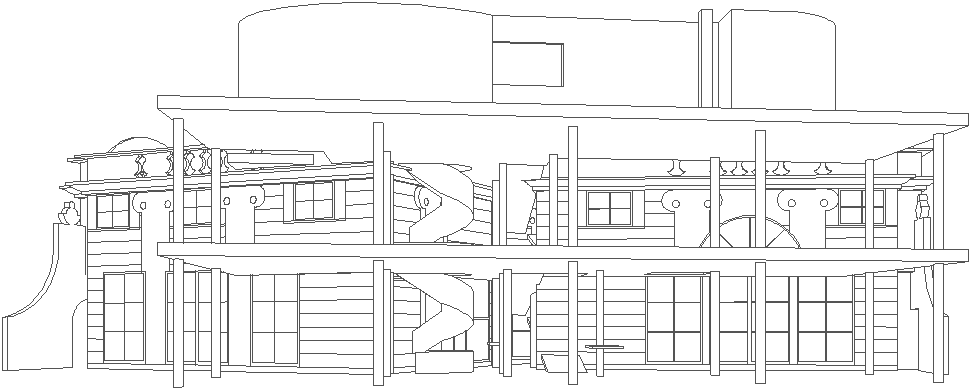
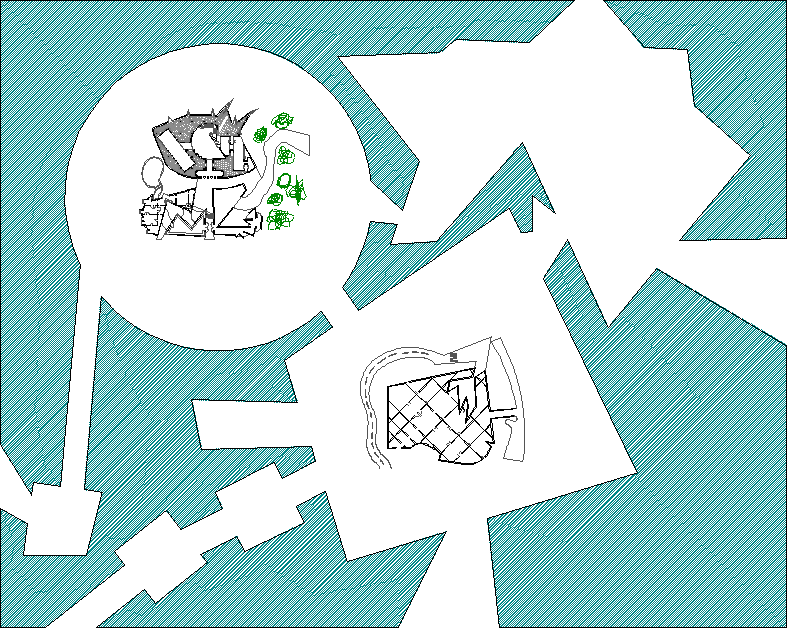
| |
2011.01.24 21:18
what is our current architectural style called
Architecture style is no longer defined by space, rather by time.
"Their house is the epitome of 2002 style."
"Design me something early 1840s. I'm feeling immediate-post-Schinkel lately."
"In the year 2525, when architecture is finally alive..."
2011.01.25 12:25
what is our current architectural style called
The more true question is: What are our current architectural styles called?
There has never been just one style globally active at any given time. There are many diverse styles of architecture active today. Even within just a single year there are diverse styles active. For example,
1927
1930
1942
1956
1959
1964
1972
1983
1993
1996
2001
and that's just a very thin slice of any yearly cross-section.
I wonder if a worthwhile studio project might be to design a hypothetical '1963' building, for example, which would be a hybrid of a half dozen or so buildings that were actually dsigned or built in 1963.
Perhaps if there is a current Zeitgeist, it's one of individual (consumer) choice.
2011.01.25 16:19
what is our current architectural style called
The groupings simply came about by sorting the digital images I've accumulated over the years into a strict chronological order. More often than not I was surprised by what buildings are closely coeval. Certainly not the way I was used to seeing 'history'.
Is the result of Zeitgeist indeed now best described as collage?
2011.02.28 10:31
The art of faking it
l.t wrote:
'...and the idea was the relationship of the space which was made up of the fold of the image and the dialectic or the conflict between the figuration, and the kind of clarity of the image and the complexity of the space which were in dialog.'
Does anyone get this sentence? What's the idea? I'm not trying to dismiss Mayne or anything but sometimes man...what the heck is this guy talking about?
Lauf replies:
A case of over articulation leading to inarticulation. Perhaps the same could be said of the architecture.
2011.04.11 10:22
Ai Weiwei
Are we not now conditioned to see all discontent as an opportunity?
Parenthetically, what is progress without discontent?
| |
2011.05.21 10:49
SMALL, BIG, FOG and LEONG LEONG
What we have 'now' (as you've provided evidence to above) is that Mountain Dwellings by BIG and Beekman Tower by FOG and Audi Urban Future by Leong Leong all have a past, a history if you will, that extends back beyond their own existence. Whether wittingly or not, the BIG, FOG and Leong Leong designs all relate (genealogy) back to respective Glen Small designs. (Just as John Stezaker's more recent collage work has a past that relates to some of my collage work from over 25 years ago.)
Conversely, what we also have 'now' (as you've provided evidence to above) is that Turf Town and Copy Cat Skyscrapers and Jungle Theater all have a future beyond their own existence. In this case completely unwittingly, the Glen Small designs all relate (is progeny the converse of genealogy?) forward to respective BIG, FOG and Leong Leong designs. (Just as some of my collage work from over 25 years ago relates forward to John Stezaker's more recent collage work.)
[Coincidentally, the movie I saw last night, The Double Hour, very much plays with the intermingling of a shared past and future, and, in the movie's case at least, the chaos that may well then ensue.]
It is quite common for designs to have a past that extends back beyond their own existence. And, conversely, it is more rare for designs to have a future that extends forward beyond their own existence. I'm not sure how much attention current architectural history pays explicitly to designs that have a future beyond themselves.
What's the best art 20 years from now? OR What's Glen Small designing these days?
[Does seeking precedents... ...finding inspiration play with the intermingling of a shared past and future?]
2011.06.20 13:41
Old Styles with a Modern Twist
"She suggested I make it look more current (funny how new, creative architecture is defined as anything done in current styles, and anything done in a previous style is imitation)."
Yes, it is funny, because almost all of it boils down to imitation. Even nonneutral's well intentioned advise above imitates (reenacts) what previous others have prescribed as a 'rational' way to justify design decisions.
My advise is to further pursue your initial approach, and when it comes time to justify your rationale, tell them you sincerely think your design solution has a better chance of success at ultimately achieving what it's supposed to.
2011.07.11 15:19
Question about Charles Jencks' Declaration
It wasn't the Purist aesthetic that died with Pruitt-Igoe, rather the Modernist notion that "good form was to lead to good content, or at least good conduct; the intelligent planning of abstract space was to promote healthy behavior" is what died.
Calling out the implosion of several blocks of the Pruitt-Igoe Housing as an historic event and marker of a paradigm shift was rather astute on Jencks' part. I wonder how many other Modernist projects only 17 years old have succumb to implosion prior to that of Pruitt-Igoe. For sure, many fairly young Modernist projects have been imploded since Pruitt-Igoe, but is Pruitt-Igoe perhaps still the youngest Modernist project to have ever been imploded. And, I wonder, how many housing projects like Pruitt-Igoe have been built since the implosion of Pruitt-Igoe. I'd guess very few if not none in the United States, but perhaps such projects remained (or even still remain) in production in lands under Communist regimes.
I was eye-witness to the world's largest building implosion (the roughly 70 years old Sears Philadelphia Headquarters, 1994). It happened so close to where I lived I walked to see it. What's most striking about a building implosion is the immediate and paradoxical manifestation of absence. Jencks advocated that the ruins of the Pruitt-Igoe implosion should remain as "a great architectural symbol. It should be preserved as a warning." Well, I don't think the ruins were preserved, so all that's left are pictures and absence. I think it's fair to say that the implosion of Pruitt-Igoe left behind a certain absence within Modernist ideology as well
| |
2011.07.20 11:53
Question about Charles Jencks' Declaration
I'm thinking luxury housing, like putting the Louie back in St. Louie.
2011.08.05 18:19
Quondam's Fifteenth Anniversary
Oh, and what do you suppose the difference is between Culture and Random Tangents? Could it possibly be that one is actually inferior to the other? Now that I think about it though, culture today is nothing but random tangents.
2011.08.06 11:25
Quondam's Fifteenth Anniversary
Random Tangents Culture
I suspect Network Culture grew as quickly as it did because the field was already a fertile Random Tangents Culture.
Read this morning:
"...his "visible form" is based on the sensuous experience that emerges only as one moves round and through a building, that changes with ever step, and is effected by the position and intensity of the light sources. In earlier criticism, buildings had been characterized from the point of view of an observer standing motionless and looking at a façade or an interior from the position of a photographer might choose to obtain the most favorable single view. Frankl's innovation reconstructs the kinetic experience of the observer who arrives at a single image as the product of many partial images.
James Ackerman, "Forward" in Paul Frankl's Principles of Architectural History.
calendrical coincidence - culture - quick deletion - almost just as quick reconstruction - random tangents
Noticed this morning (for the first time I think):
Wolf Meyer-Christian, Design for architectural museum in Berlin (1964)
and
Michael Wagener, Design for architectural museum in Berlin (1964)
in Heinrich Klotz, The History of Postmodernism (1984/1988).
These are student designs from Unger's seminars at the Technical University in Berlin between 1963 and 1968, "they exerted international influence when they appeared in a series of brochures (starting 1965) edited by Ungers. Both designs incorporate the Villa Calandrelli (the Villa Calender?!?), and this adjacency feature reminded me of Stirling's Science Center in Berlin (which I also see as a virtual museum of architecture).
Right around now 10 years ago I received OMA/AMO Rem Koolhaas, Projects for Prada Part 1 in the mail. Along with documentation of one of my favorite (random tangents) building designs--Prada Epicenter Store, San Francisco--there is note of "Content Database" and "Ubiquitous Display" and "Media Stage".
2011.08.23 11:20
Ideas
Personally, I see the notion of "architectural idea" as something distinct from "design concept" or "design methodology" or "design ideology" or even "thesis statement". For example, promenade architecturale is an architectural idea, like Le Corbusier's '5 points' are an architectural idea. Mat or box or blob or a combination of all three are architectural ideas. As per inspiration from team 10 primer, 'building as threshold' is an architectural idea.
|